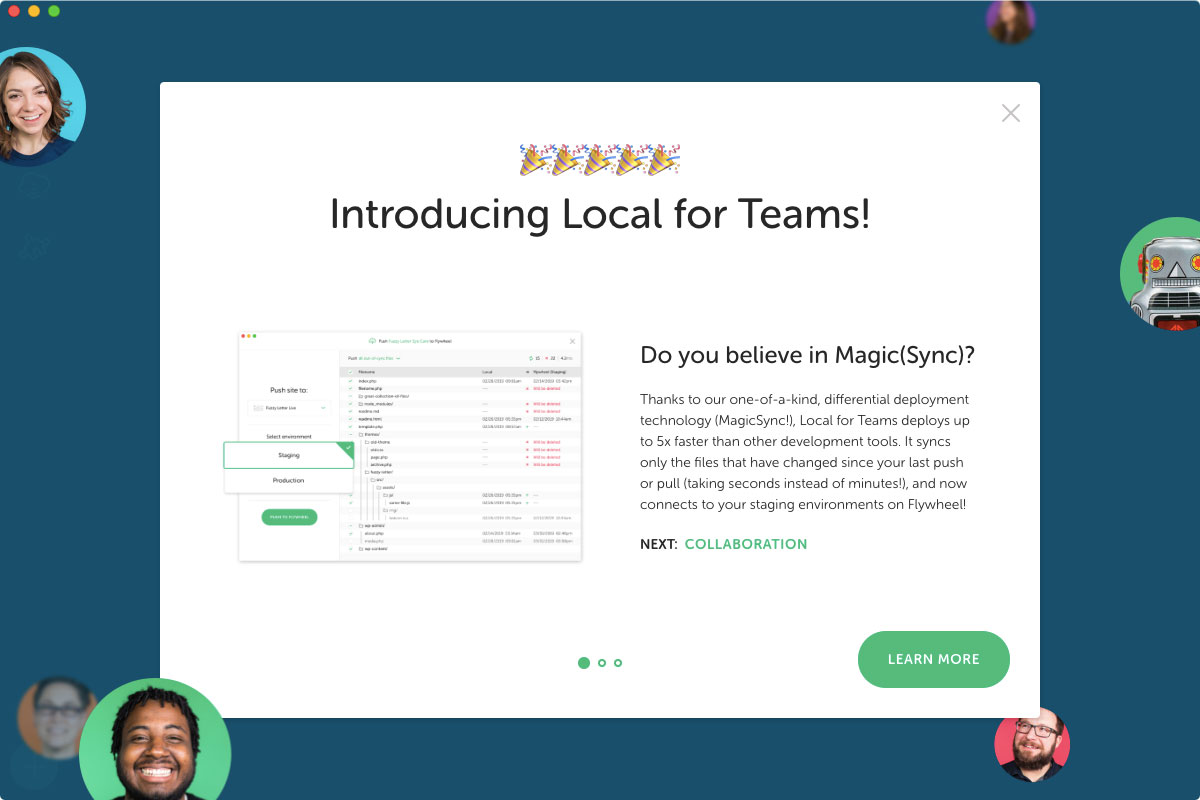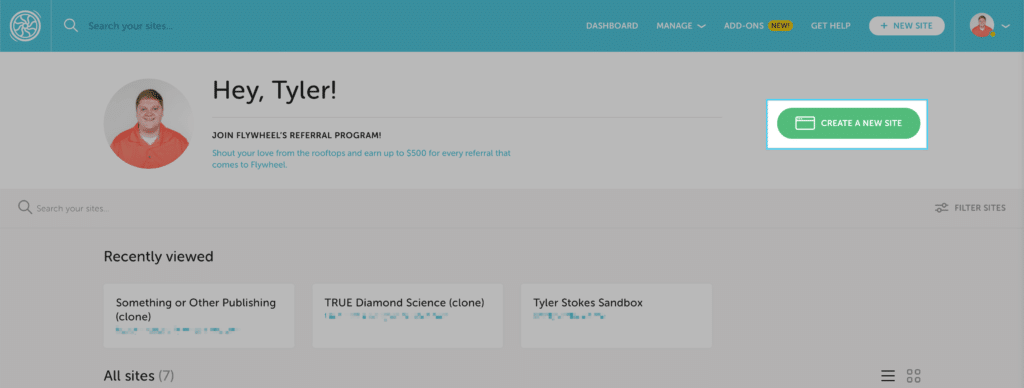
- #LOCAL BY FLYWHEEL CREATE SITE FROM BLUEPRINT HOW TO#
- #LOCAL BY FLYWHEEL CREATE SITE FROM BLUEPRINT UPDATE#
This saves a lot of complexities and reduces the steps of the process. WordPress hosting providers like Cloudways allow you to create a duplicate of your website to the same and/or another server on their platform. – Duplicate a Website Using Your Web Hosting Provider Clone a WordPress Website Using a Plugin.Duplicate a Website Through Your Web Hosting Provider.There are multiple ways to clone a WordPress website but in this guide, I will cover:
#LOCAL BY FLYWHEEL CREATE SITE FROM BLUEPRINT HOW TO#
How to Clone a Website?Īs discussed above, I will use a WordPress website as an example throughout this guide. This setup also requires a complete backup of website files and database.

It’s common for developers to build websites on their preferred local environment and then clone the website to a web hosting server to make sure things do not break during the transition.

Most of the time these setups include theme & plugins configurations, code-level customizations, etc. If you are a web agency or build websites for clients, you may want to create a blueprint and copy it to another location to speed up the development process. I will also cover the process of copying a website that can be used to create a backup of your website. In the case of WordPress, many people use different WordPress backup plugins. – Back up Your WebsiteĬloning is also used to back up a website (including web files and database) and keep it at an offsite location for disaster recovery. However, things could go wrong and you could end up with a “broken” archive. If you want to transfer a website to a different hosting provider, you can create a clone by backing up website files, databases, and import the whole package to the new web hosting provider. Similarly, any custom changes in the code need to be tested at a staging/cloned site before it can be pushed to the live site. It is always recommended to test changes on a staging/cloned website instead of a live website, mainly because untested themes and plugins could conflict with the existing installation and bring down the entire website. Here are a few use-cases when you might need to clone a website.Ĭompatibility Testing involves checking whether the website components are working as expected and the entire code base is capable of running on various hardware and/or software infrastructure. Here’s how you can safely do that without breaking anything – clone the website, test, and when you are done with testing, either remove the previous version or make the clone the primary version.

#LOCAL BY FLYWHEEL CREATE SITE FROM BLUEPRINT UPDATE#
Consider the scenario where you have three websites on a server and you want to update the theme on the third website.


 0 kommentar(er)
0 kommentar(er)
